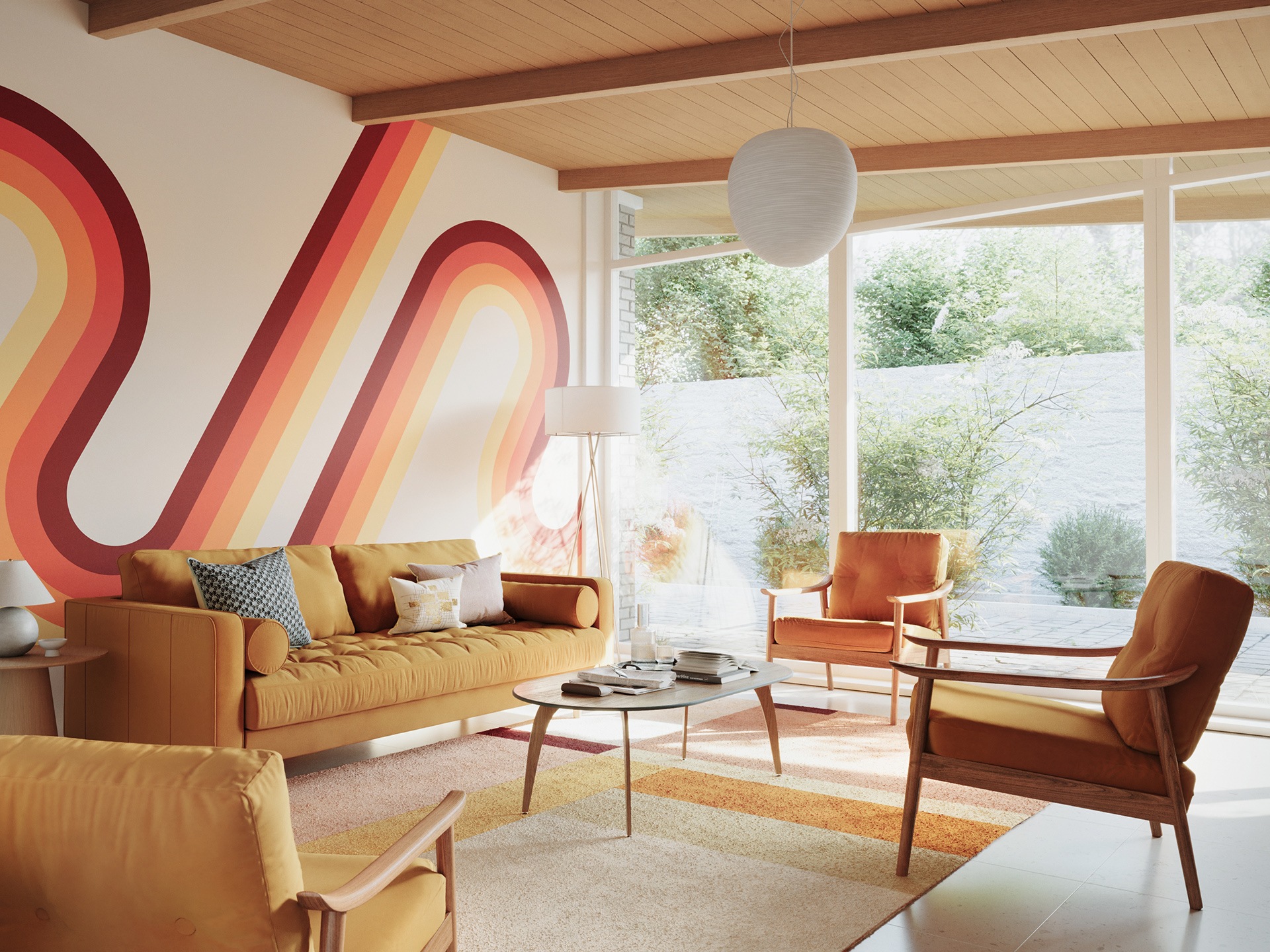28 of the best sustainable wallpapers
Our guide to what makes a sustainable wallpaper, plus 28 of the most beautiful ones around
Maximalism is in, so we’ve rounded up some of the most beautiful wallpapers around that will help you bring gorgeous colour and pattern into your home. And we’ve chosen ones from companies that are working hard to deliver sustainable, environmentally friendly products: we’re looking for maximal aesthetic effect for minimal environmental impact.
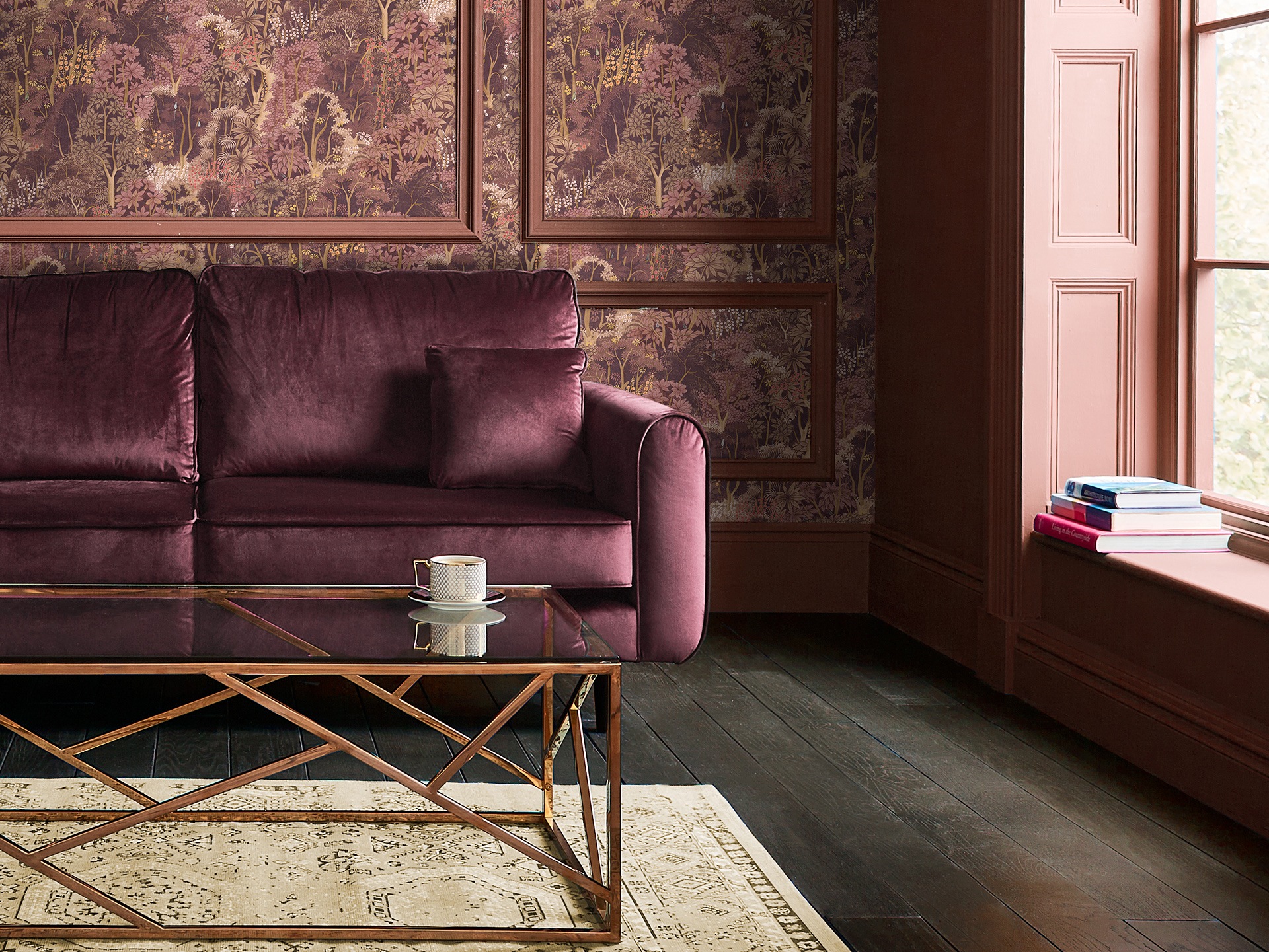
Image credit: Graham & Brown
Feature wall
If you’re not brave enough to go fully maximal – and few of us are – a wallpapered feature wall is a great way to introduce colour and pattern into a room without leaving anyone feeling overwhelmed. It’s a more sustainable way to revamp an interior too. Plus, of course, papering one wall is a lot cheaper than doing all four – something that matters if you’re going for a high-end, luxury paper, which can cost hundreds of pounds per roll. Mural wallpapers are particularly fashionable at the moment.
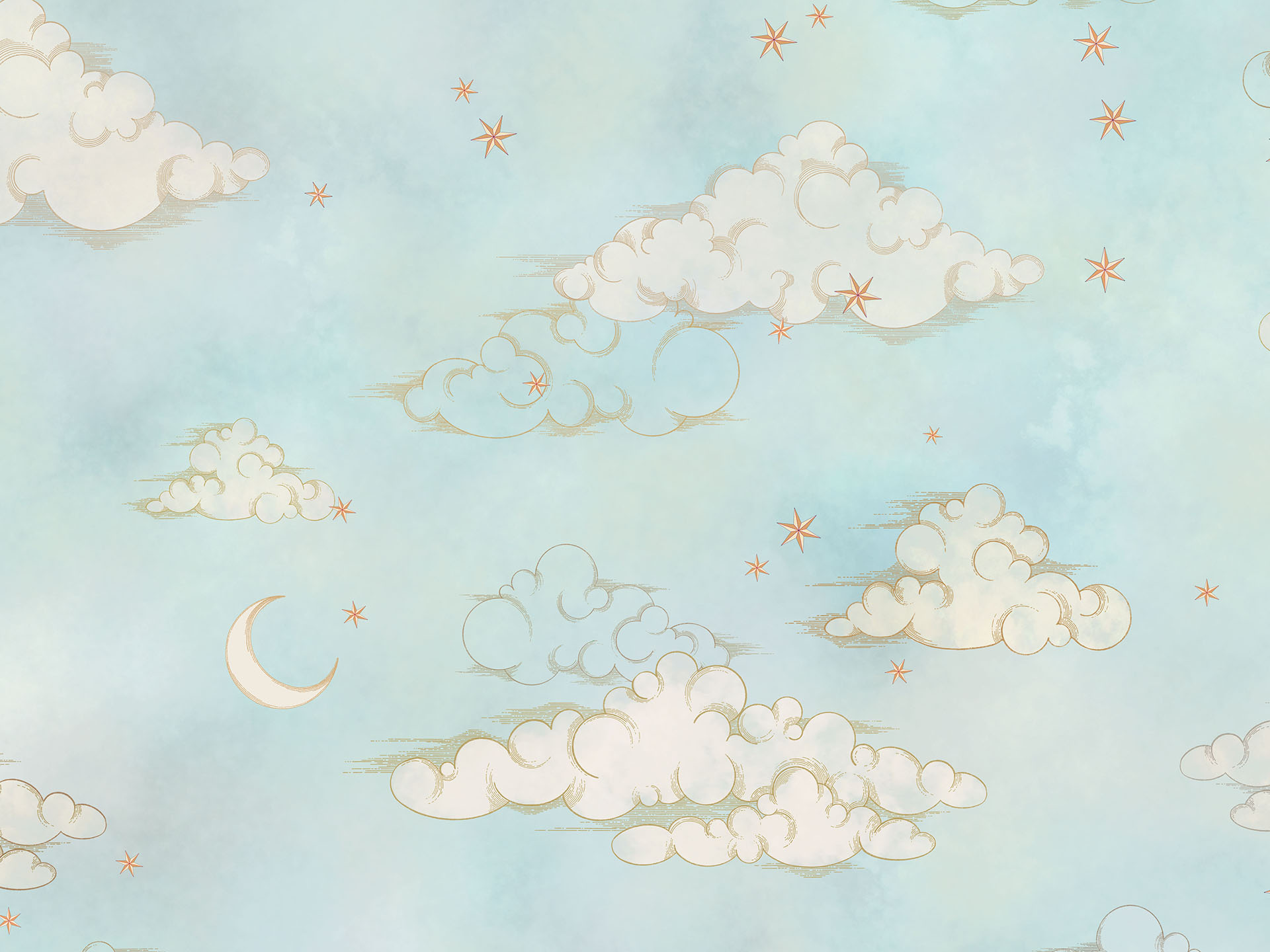
Image credit: Brand McKenzie
Sustainability
What constitutes a sustainable wallpaper? There are lots of different elements that contribute to the eco-friendliness or otherwise of a wallpaper. These include:
- the kind of backing material used
- the source of the trees used to make that backing material
- whether the wallpaper contains recycled paper
- any pollutants generated by the manufacturing process
- whether it contains PVC or other plastics
- whether the wallpaper is printed on demand
- the kind of ink used
- the source of the energy used to produce and print the paper
- how the factory deals with its waste products
- how it is wrapped
- how it is transported
Some companies, like Bobbi Beck, also purchase carbon credits to offset their emissions. Others, such as Good & Craft plant a tree for every wallpaper order received or four trees for every tree cut down, in the case of Little Greene.
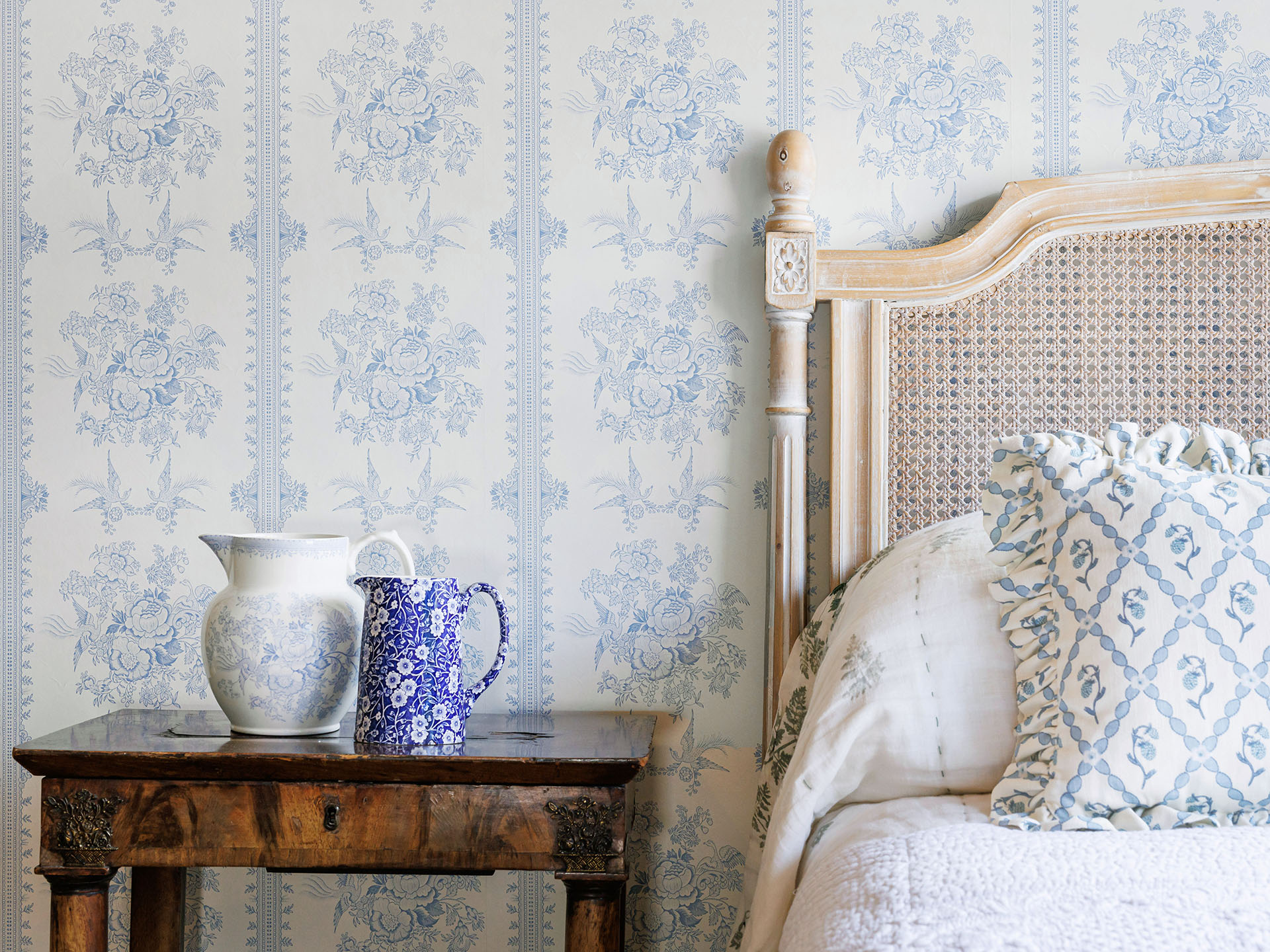
Image credit: Barneby Gates © Ben Phillips Photography
Types of backing
Today wallpaper is usually made from one of four things: paper, grasscloth, nonwoven and vinyl.
Each material has its pros and cons.
Vinyl
Vinyl wallpaper is still favoured by some because it is hardwearing and waterproof. Useful in areas where it will get exposed to moisture, such as bathrooms and kitchens, it is easy to wipe clean. The problem with vinyl is that it is made from PVC, (polyvinyl chloride), a plastic that is made from salt and oil in a manufacturing process that involves chlorine and releases toxic, chlorine-based chemicals. Although the manufacturing process has been cleaned up somewhat, PVC would not be considered a sustainable choice by many. Additionally, the plasticisers in vinyl wallpaper (low-volatile phthalates) – which some believe to be endocrine disruptors – evaporate into the air within the home.
In years gone by, many wallpapers that weren’t made fully from vinyl used to have a protective PVC coating. But most companies that are striving to work in a sustainable way will no longer use vinyl for any aspect of their wallpaper.
Grasscloth
Although grasscloth can be made from natural grass, such as arrowroot, it’s actually a catchall term that includes wallpapers handmade from a range of different natural fibres stuck on a paper backing, often made from rice paper. Dried hemp, jute, bamboo, raffia, seagrass and sisal can all be used to make these natural and biodegradable wallpapers. They are coloured with natural vegetable dyes which can mean the colours will fade in bright sunlight or will leach into the wall in a damp room.
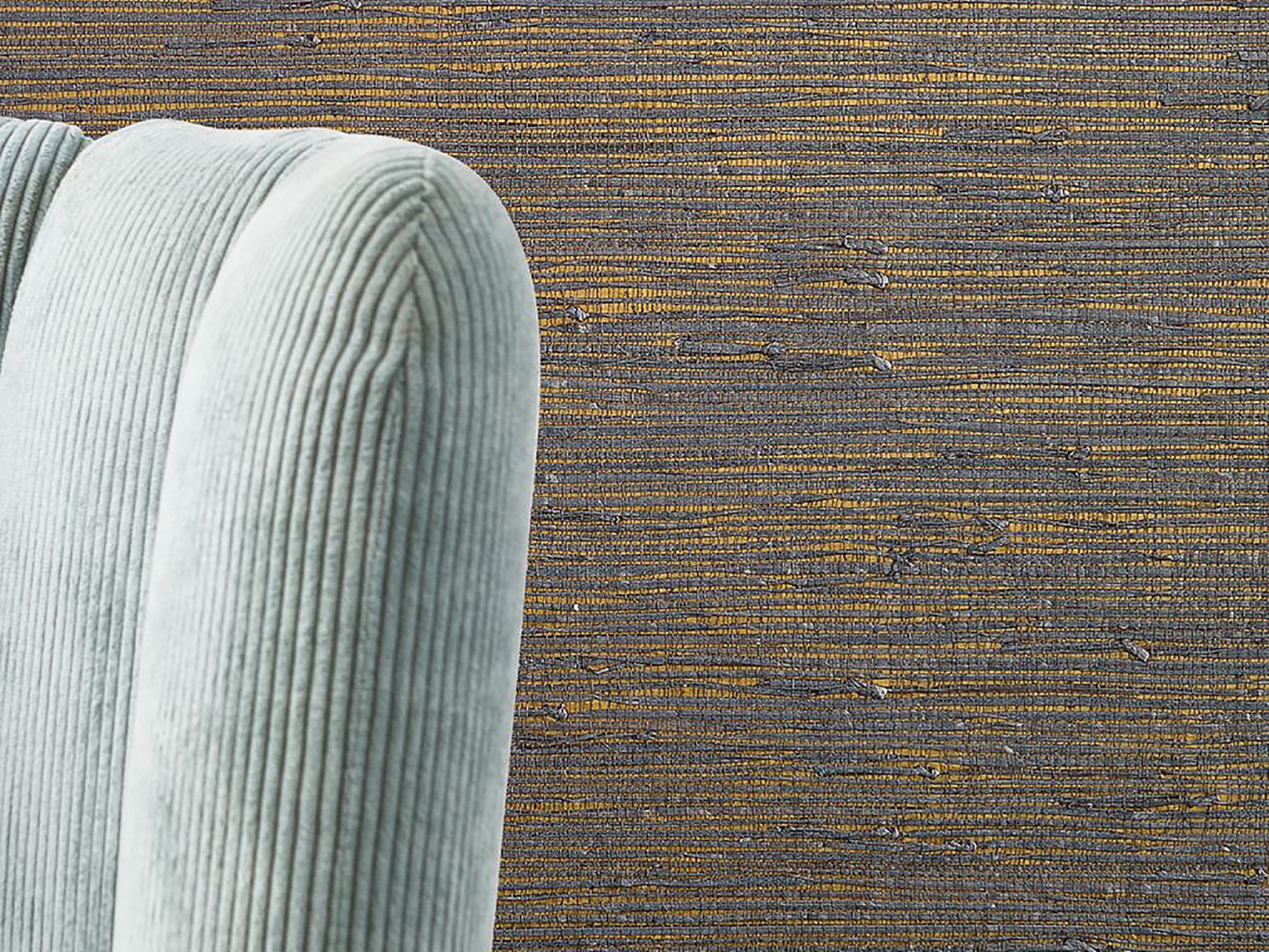
Image credit: Wallpaper from the 70s
Nonwoven
Nonwoven is made in a very similar way to paper, by putting lots of small cellulose fibres together on a sheet or web. Cellulose is a natural fibre made from wood. The fibres are then bonded together with a binder or glue. The key difference between paper and nonwoven is that the fibres are bonded together more strongly in nonwoven. Some nonwovens contain plastic materials; others are 100% natural. There’s an interesting article here about the sustainability of nonwoven materials and what needs to improve. Wallpaper from the 70s made a nonwoven paper called Veruso Lino (pictured below) that is about as environmentally friendly as wallpaper can be. Its plant-based ‘ingredients’ are felted together using needles in the same way that felt is made. This eliminates the need for any kind of added binding substance and results in a wallpaper that is fully compostable.
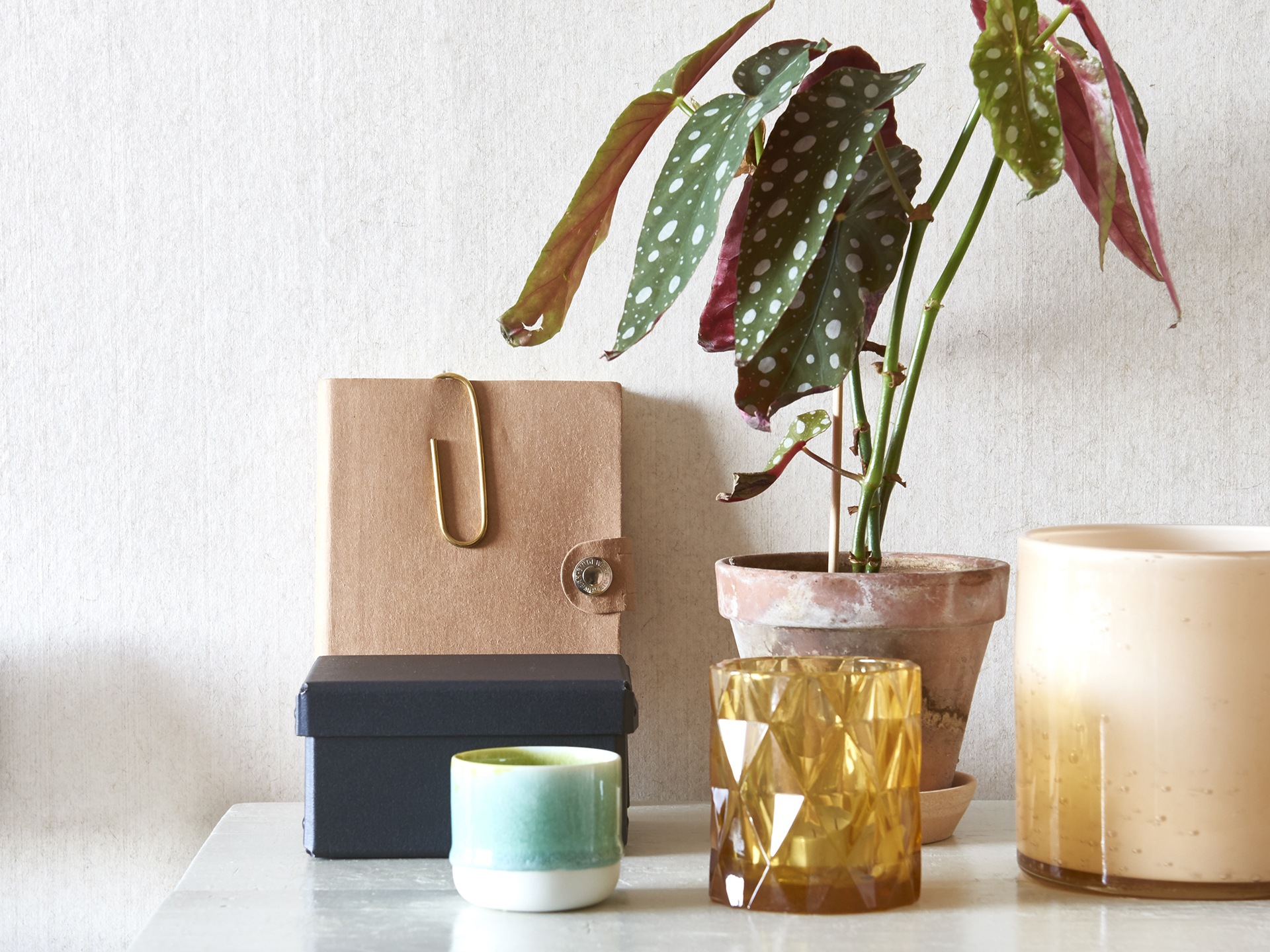
Image credit: Wallpaper from the 70s
Nonwoven is a popular choice of backing for many wallpaper companies because it is strong and can be made from renewable resources. It is usually hung by the paste-the-wall method, which many people find easier than the old-style pasting of the paper.
Paper – look for FSC certification
Some wallpaper companies, such as Missprint, Good & Craft, and Barneby Gates source the wood to make the nonwoven or paper backing for their wallpaper from forests that are managed to Forest Stewardship Council (FSC) standards. The FSC is an international, non-governmental organisation. Its mission is to promote environmentally appropriate, socially beneficial, and economically viable management of the world’s forests, and the FSC certification scheme is the world’s largest such scheme. FSC-certified paper is made from wood from well-managed forests and/or recycled sources. Look out too for papers made partially or fully from recycled paper.
Recycling
If a wallpaper is recyclable, it is worth making a note of the fact somewhere so that when you come to take it down you remember. Bear in mind that any older papers you take off your walls are unlikely to be recyclable. And not all current papers can be recycled. Check with your local council to see if they will accept wallpaper. Sustainable papers with less coatings and no vinyl are more likely to be recyclable.
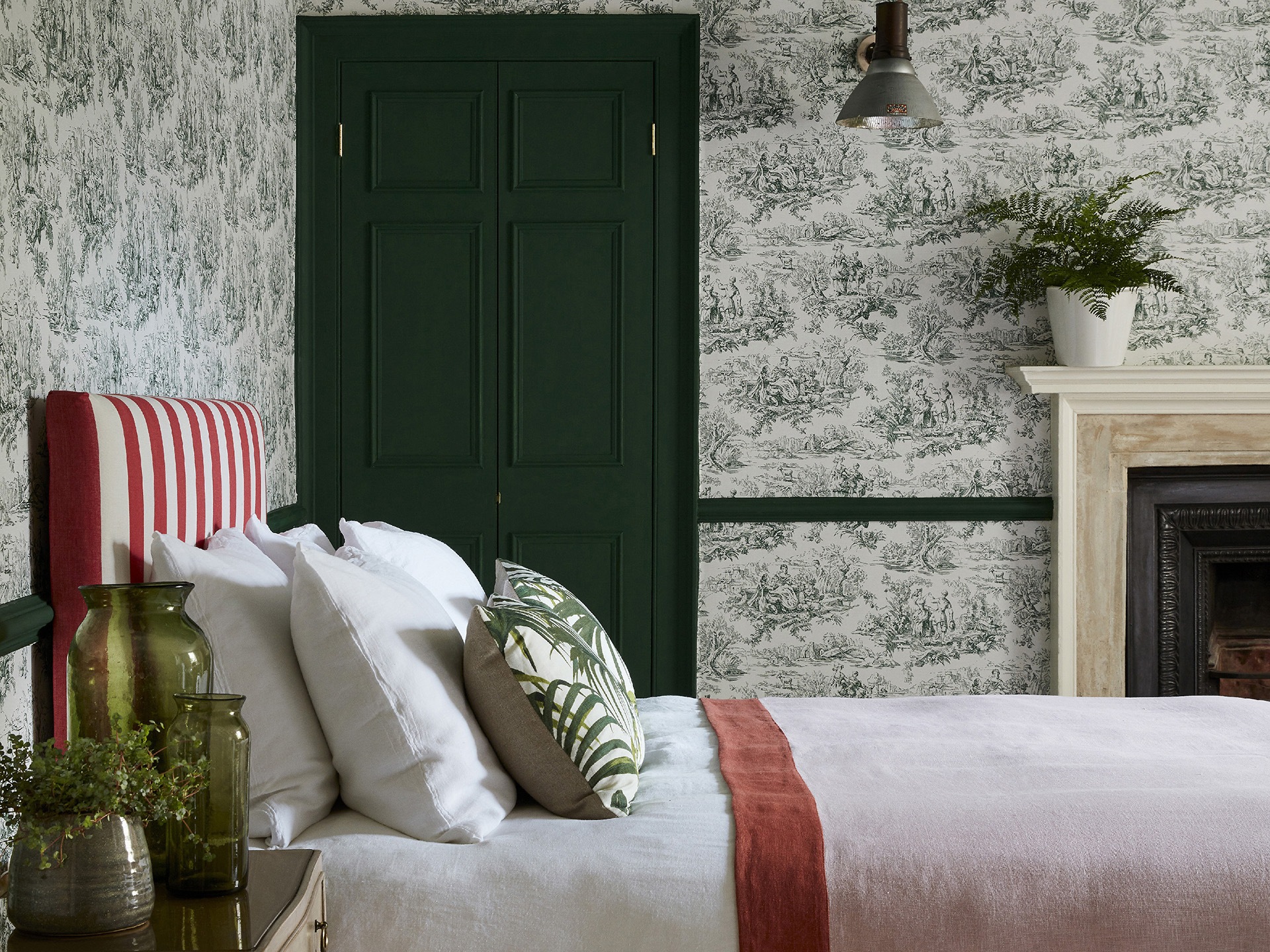
Image credit: Little Greene
Ink
Look out for wallpapers printed with water-based, non-toxic inks low in volatile organic compounds (VOCs). We are becoming increasingly aware of the negative impact these chemicals can have on health as this guidance from the government explains. Some wallpapers, such as those from Bobbi Beck, are certified in the Greenguard scheme as being low in VOCs.
Energy sources
When it comes to energy use, different companies take different approaches to sustainability. For example, some companies, such as Woodchip & Magnolia and Farrow & Ball pride themselves on the fact that their products are made using renewable energy. Farrow & Ball is also accredited by the government’s Energy Savings Opportunity Scheme (ESOS), which audits the company for it energy efficiency.
On-demand manufacture
Printing to order, as companies like Woodchip & Magnolia and Bobbi Beck do, for example, reduces waste and the need to store products.
Packaging and delivery
Many companies, like Graham & Brown and Woodchip & Magnolia, pack their products using recycled packaging materials.
Wallpaper paste
Look out for solvent-free wallpaper paste, such as Earthborn’s which is solvent- and acrylic-free or Little Greene’s to put up your sustainable paper. Wallpaper from the 70s have an organic wallpaper paste that is sold in powdered form as is Farrow & Ball’s.
Do your research
Ultimately there is no single stamp of approval that will tell you at a glance that a particular wallpaper is environmentally friendly, but now you know more about what to look out for.
Some wallpaper companies might be able to attain accreditation to an international environmental standard such as ISO 14001:2015 Environmental Management Systems Standard. This shows that they are meeting high environmental standards. But small companies might not have the means to do all the paperwork necessary to achieve this standard.
You need to research products and companies and decide what matters to you. The wallpapers in this feature are of varying degrees of sustainability (but high degrees of beauty) though all the companies featured are working to become more sustainable. It’s up to you to decide how fastidious you want to be about eco credentials. Look for a ‘Sustainability’ section on the company’s website and read that first before you fall in love with a particular design.
To get your research started, these are some of the stunning sustainable wallpapers available.
Little Greene
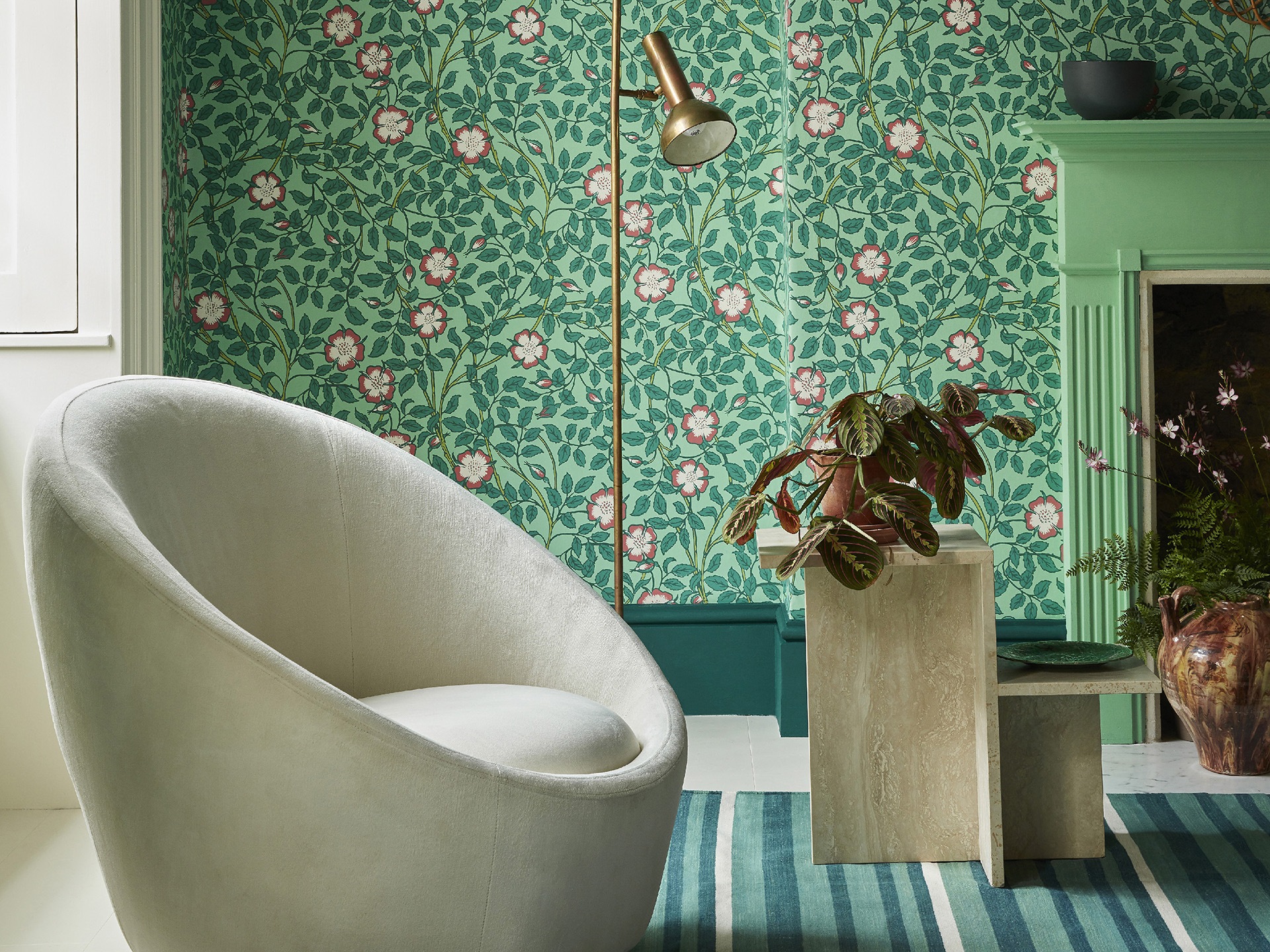
Image credit: Little Greene
Little Greene is a paint and wallpaper company with 300 years of history and a commitment to working sustainably. The beautiful wallpapers shown here have been developed part of its longstanding collaboration with the National Trust.

Image credit: Little Greene
Barneby Gates
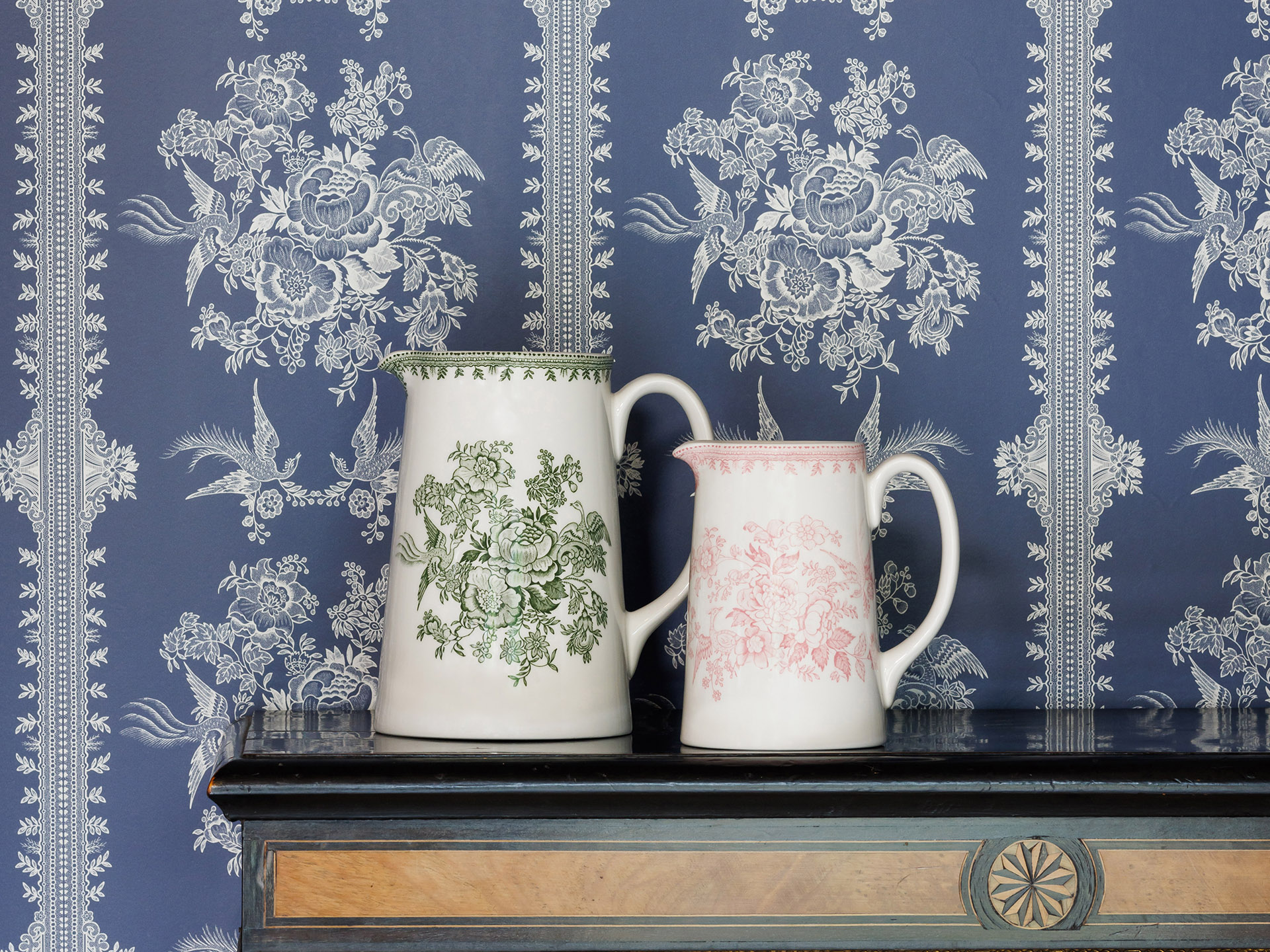
Image credit: Barneby Gates © Ben Phillips Photography
Barneby Gates is a young British wallpaper and fabric company whose latest range, Burleigh X Barneby Gates, reinvents iconic designs from Burleigh pottery as stunning wallpapers.
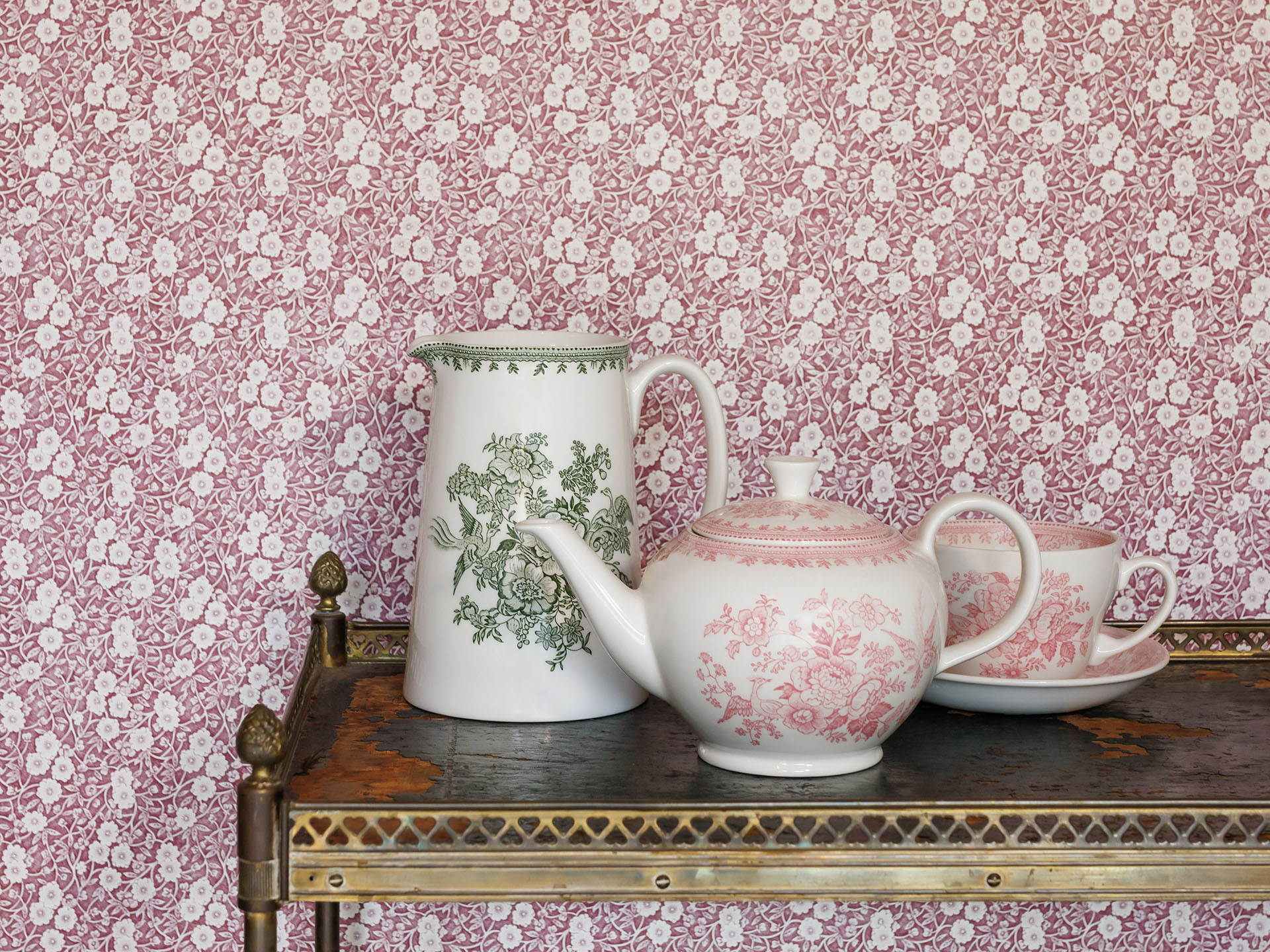
Image credit: Barneby Gates © Ben Phillips Photography
Bobbi Beck

Image credit: Bobbi Beck
Bobbi Beck is a young, carbon-neutral wallpaper company based in Cornwall that’s committed to green principles and practice. And also happens to make stunning designs.
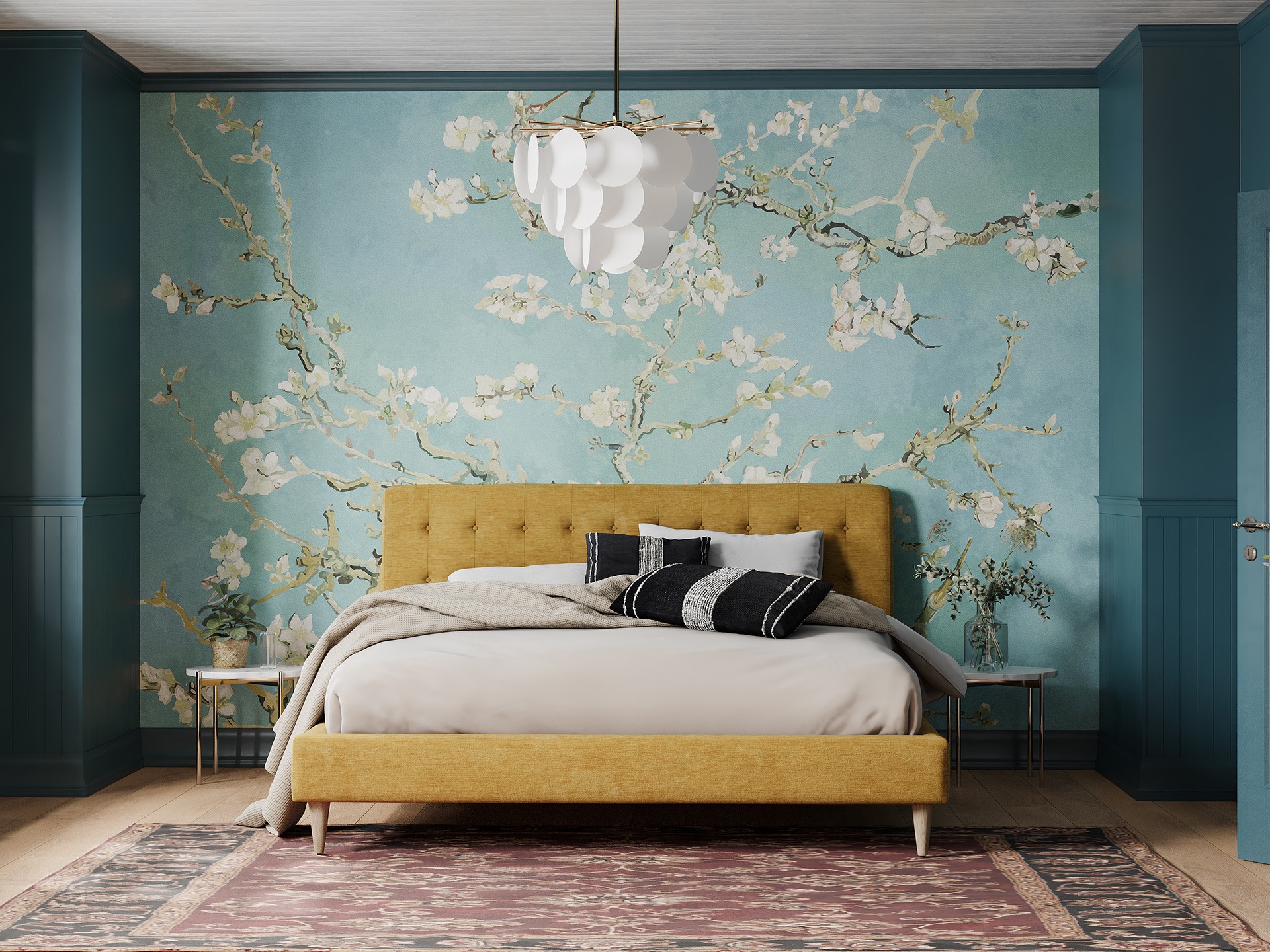
Image credit: Bobbi Beck
Farrow & Ball
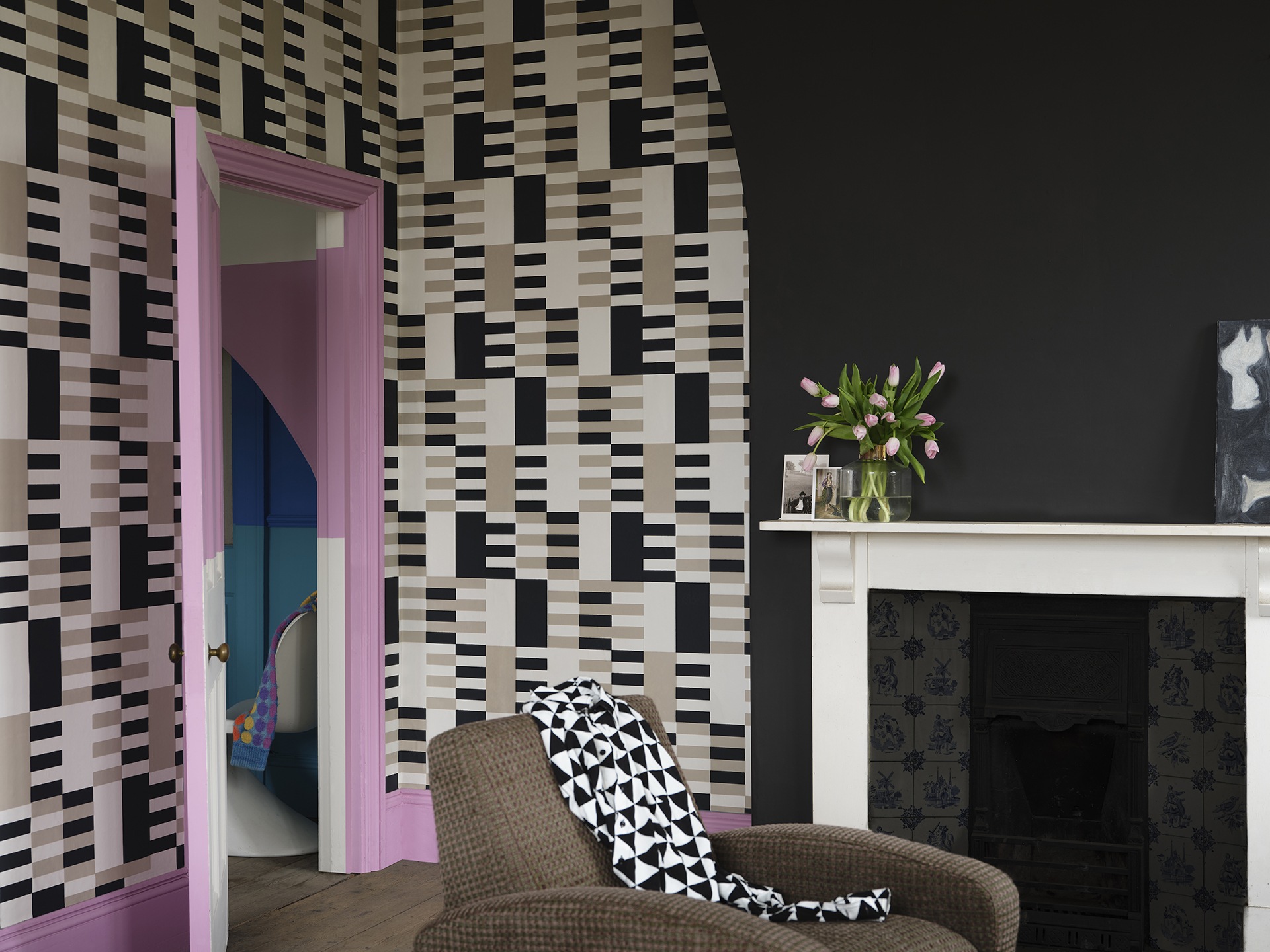
Image credit: Farrow & Ball
Farrow & Ball is famous for its eco-friendly low-VOC paints, which are used to make the company’s wallpapers. The company recycles all the waste at its Dorset factory.
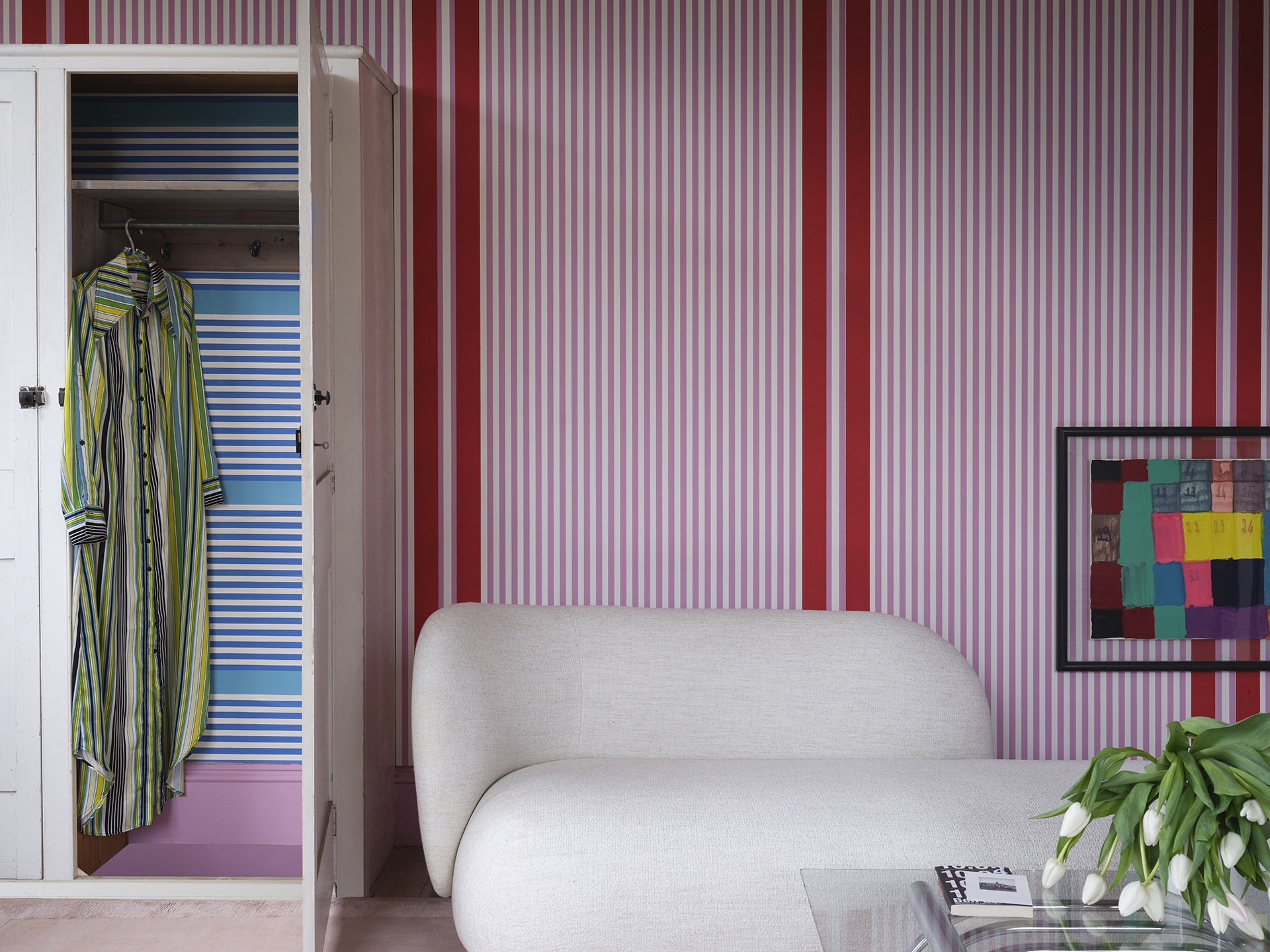
Image credit: Farrow & Ball
Wallpaper from the 70s
Wallpaper from the 70s is a German company that combines a love of retro design with the latest environmental production techniques. It produces some of the most sustainable papers around. This is one of the company’s cork wallpapers.
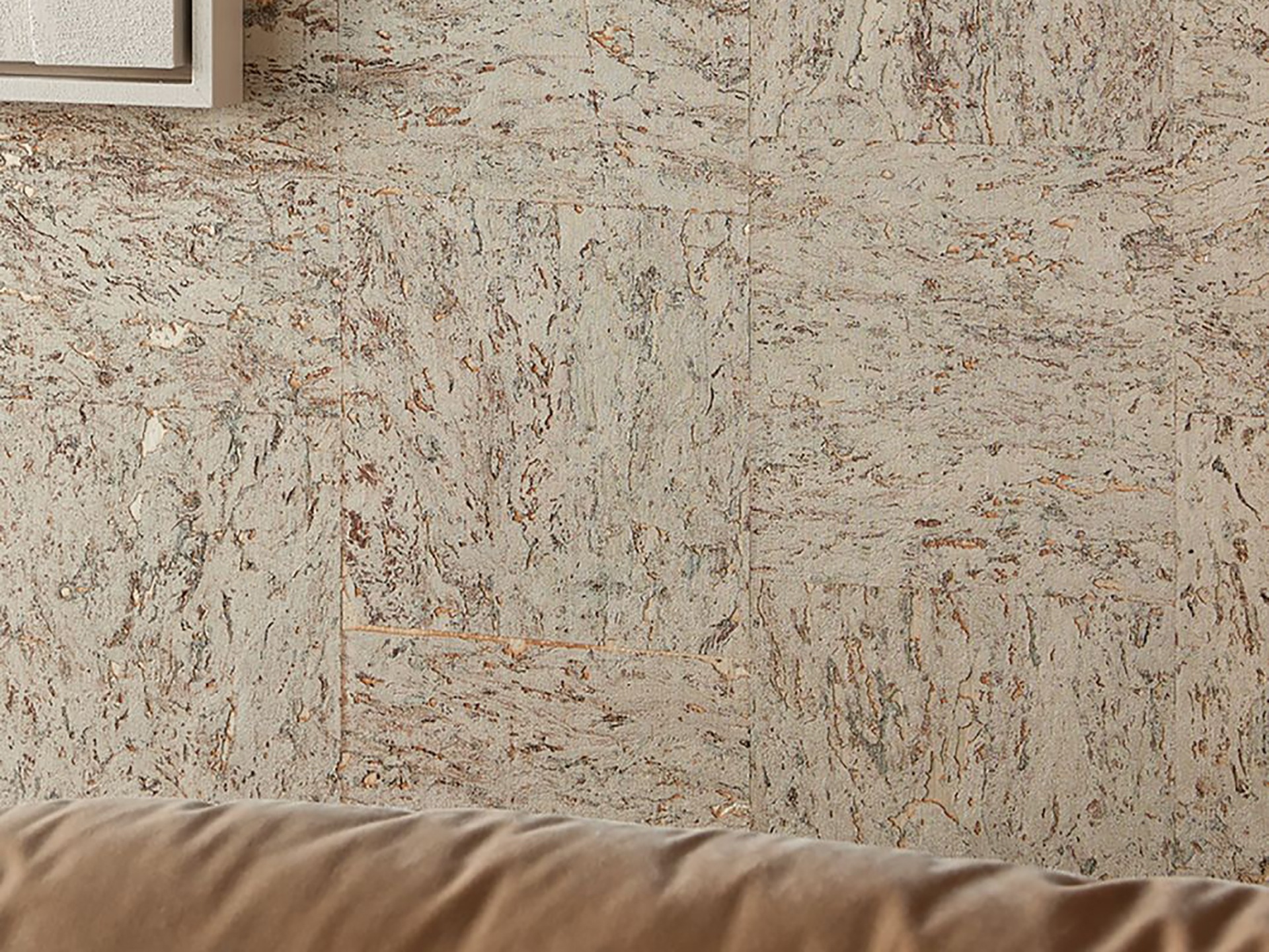
Nat Maks
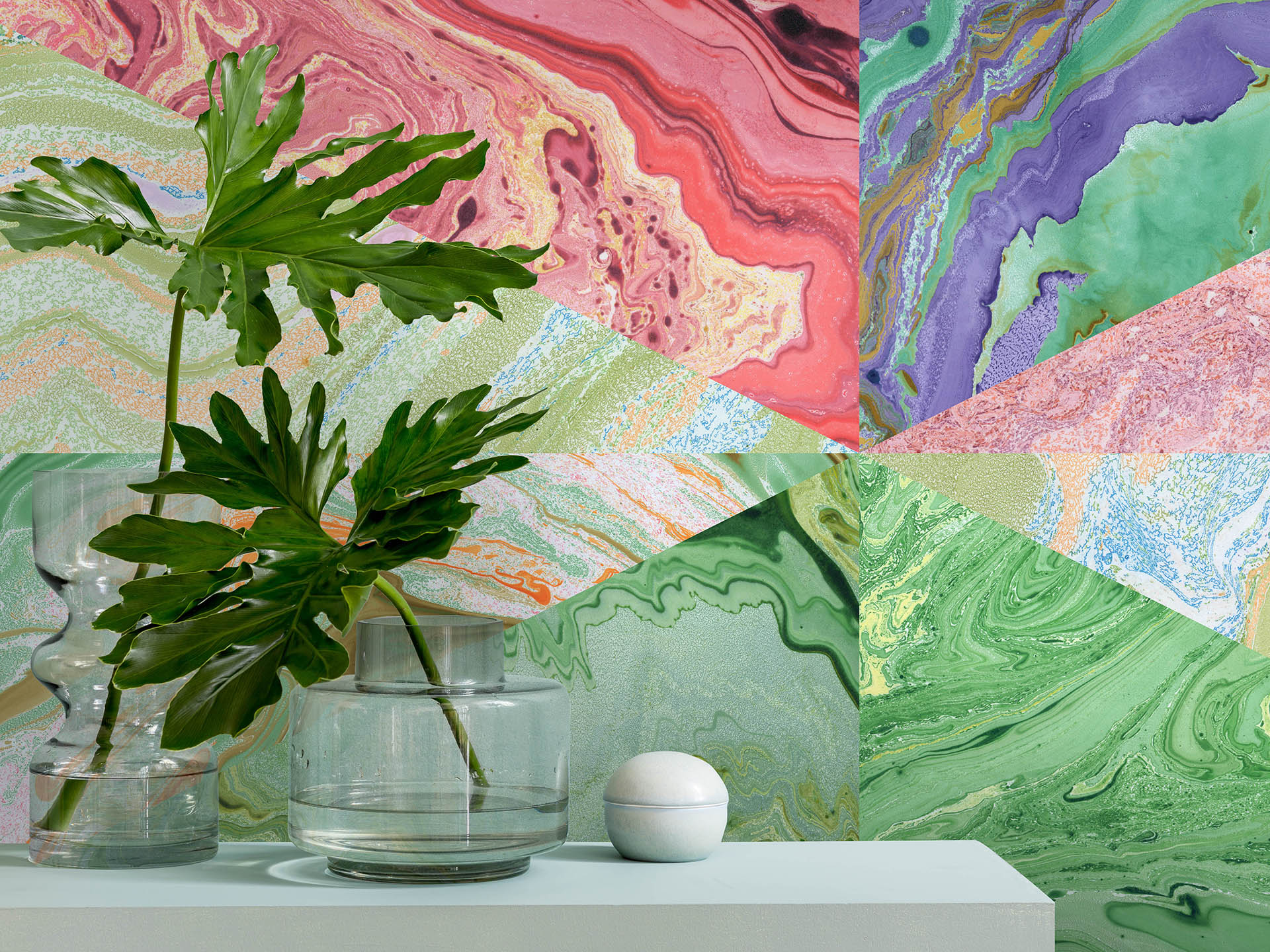
Image credit: Nat Maks
Nat Maks makes exquisite marbled wallpapers in Margate using the ancient Japanese art of Suminagashi marbling.

Image credit: Nat Maks
Brand McKenzie
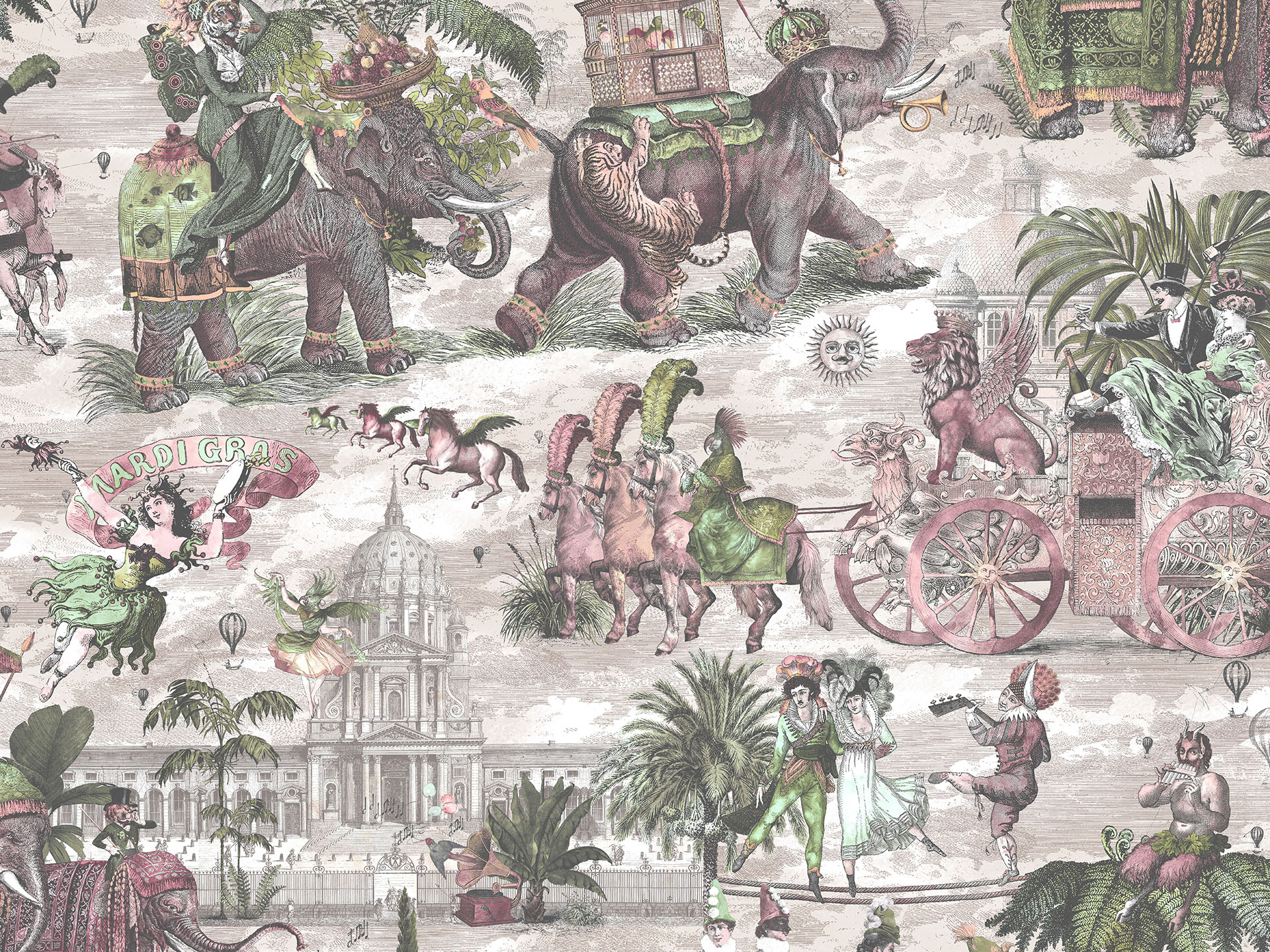
Image credit: Brand McKenzie
Brand McKenzie is one of the new kids on the block, but its highly decorative, elaborate and fun designs are a breath of fresh air.
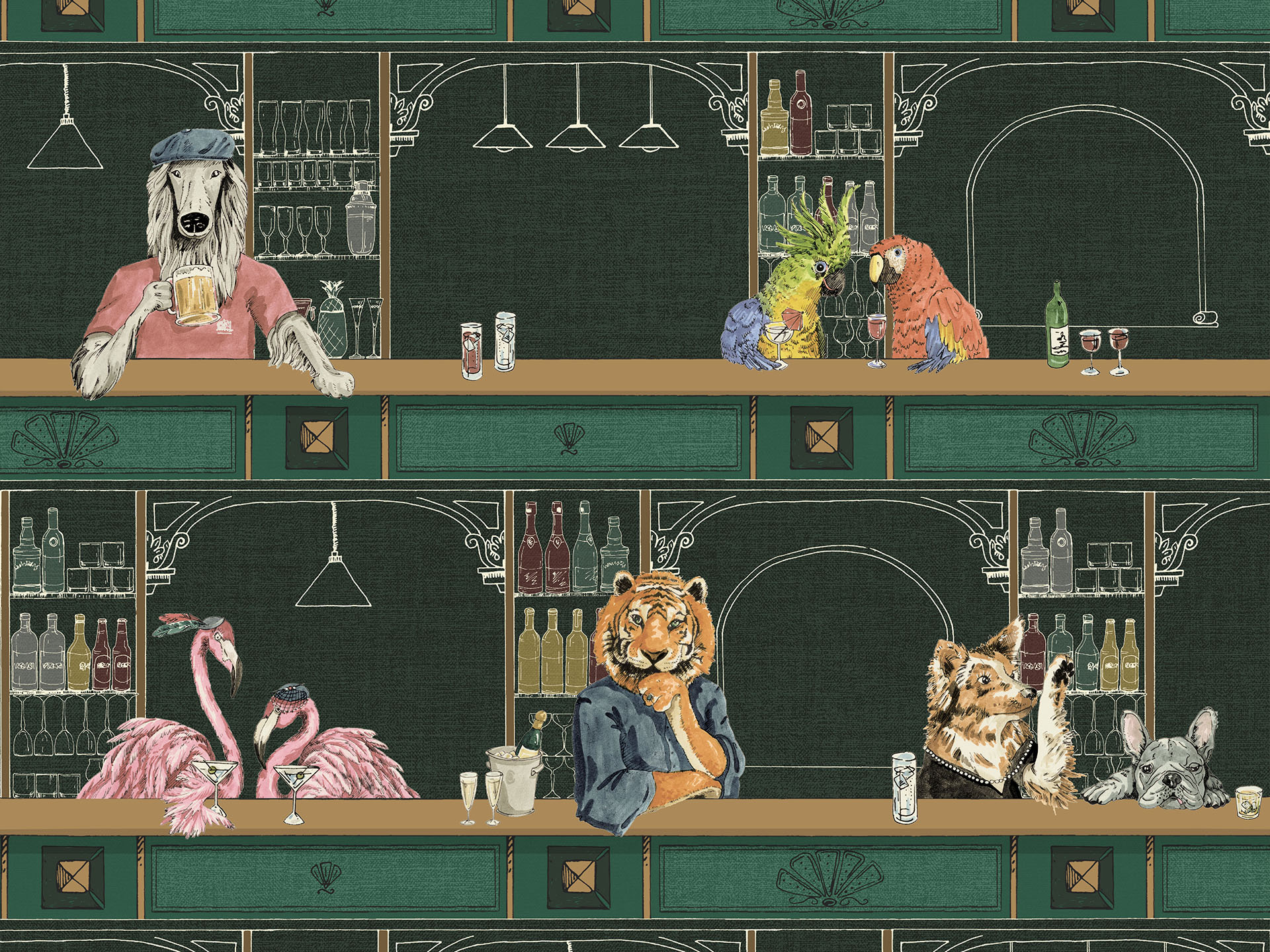
Image credit: Brand McKenzie
Woodchip & Magnolia

Image credit: Woodchip & Magnolia
Aside from having a great name, Woodchip & Magnolia has a great line of gorgeous murals and funky, colourful papers, plus excellent eco credentials.
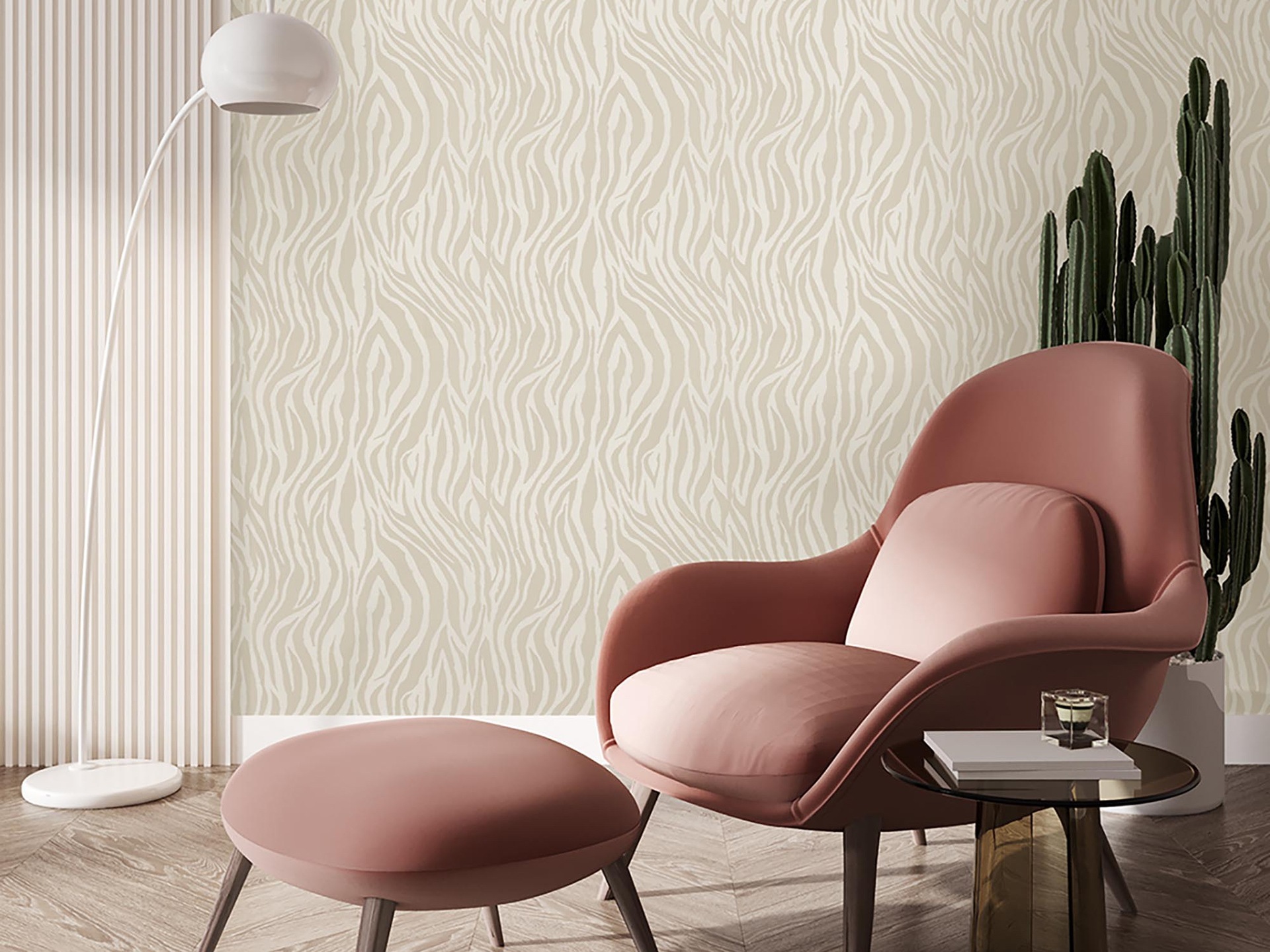
Image credit: Woodchip & Magnolia
Graham & Brown
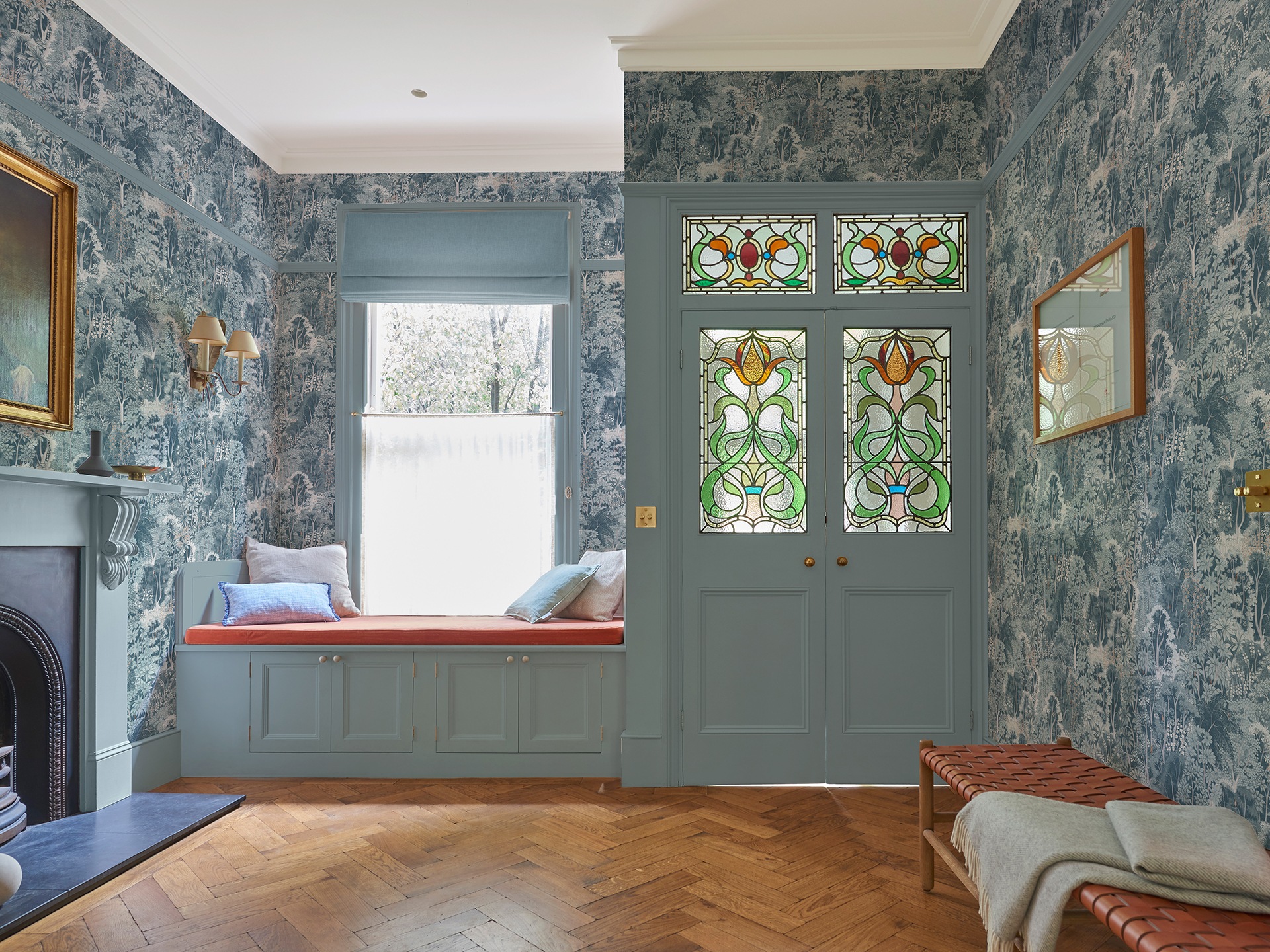
Image credit: Graham & Brown
Graham & Brown prides itself on being a carbon-neutral company. Its digital printing works runs on 100% sustainable energy, and turns out glorious papers, as you can see.
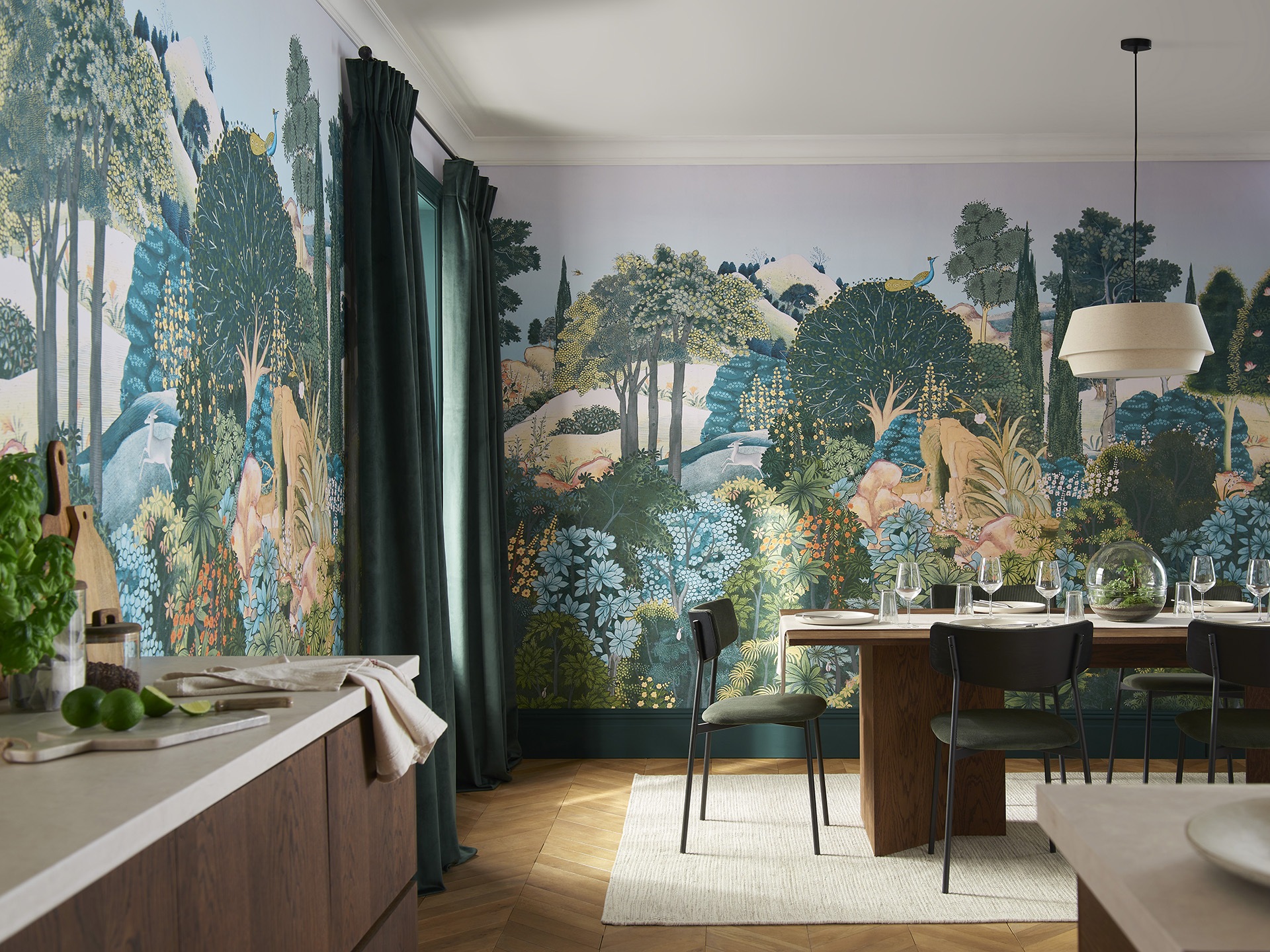
Image credit: Graham & Brown
MissPrint

Image credit: MissPrint
MissPrint is a mother-and-daughter print studio that uses FSC-certified backings and water-based inks to produce their cute, nature-inspired, retro-style wallpapers.
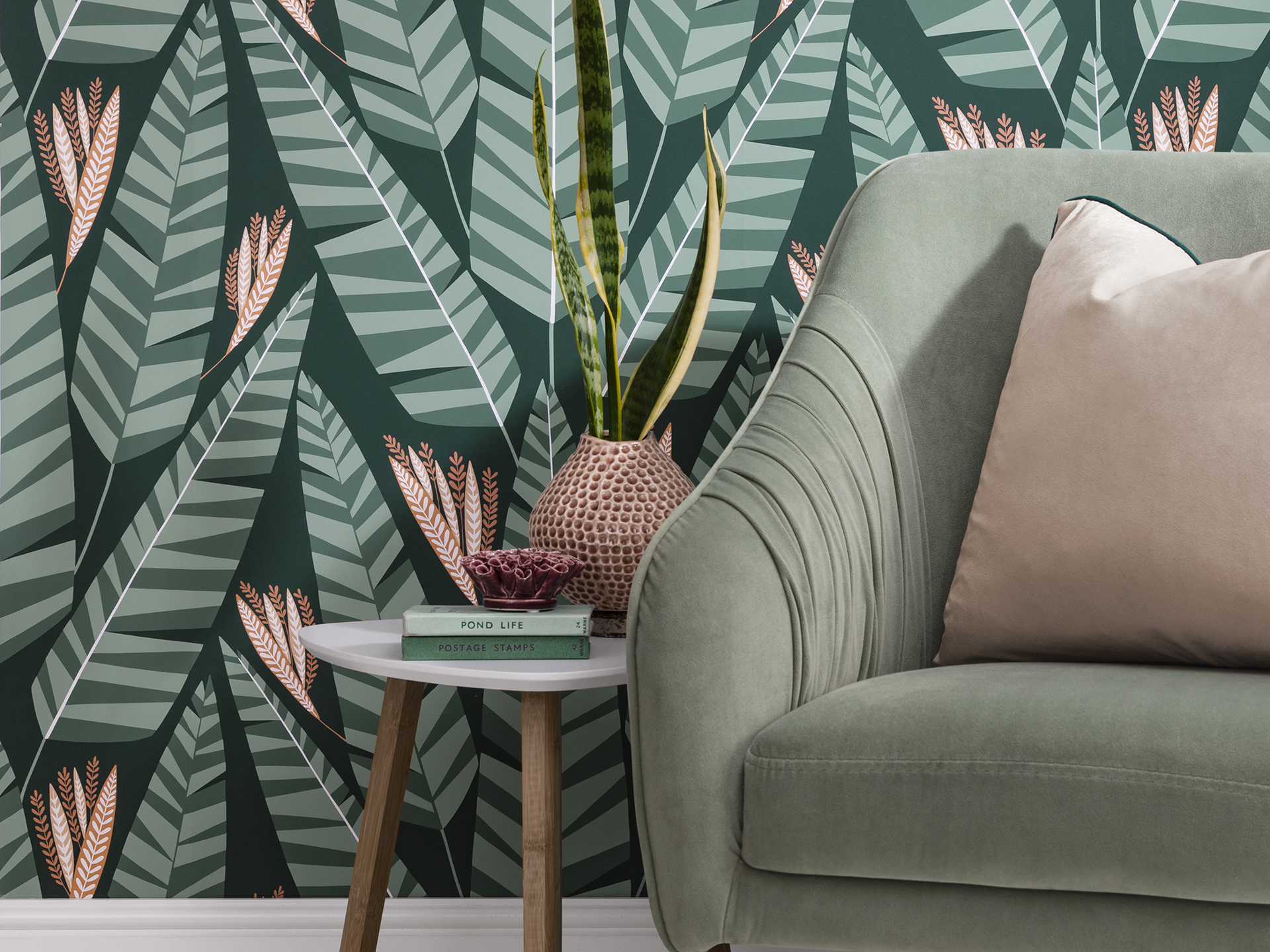
Image credit: MissPrint

